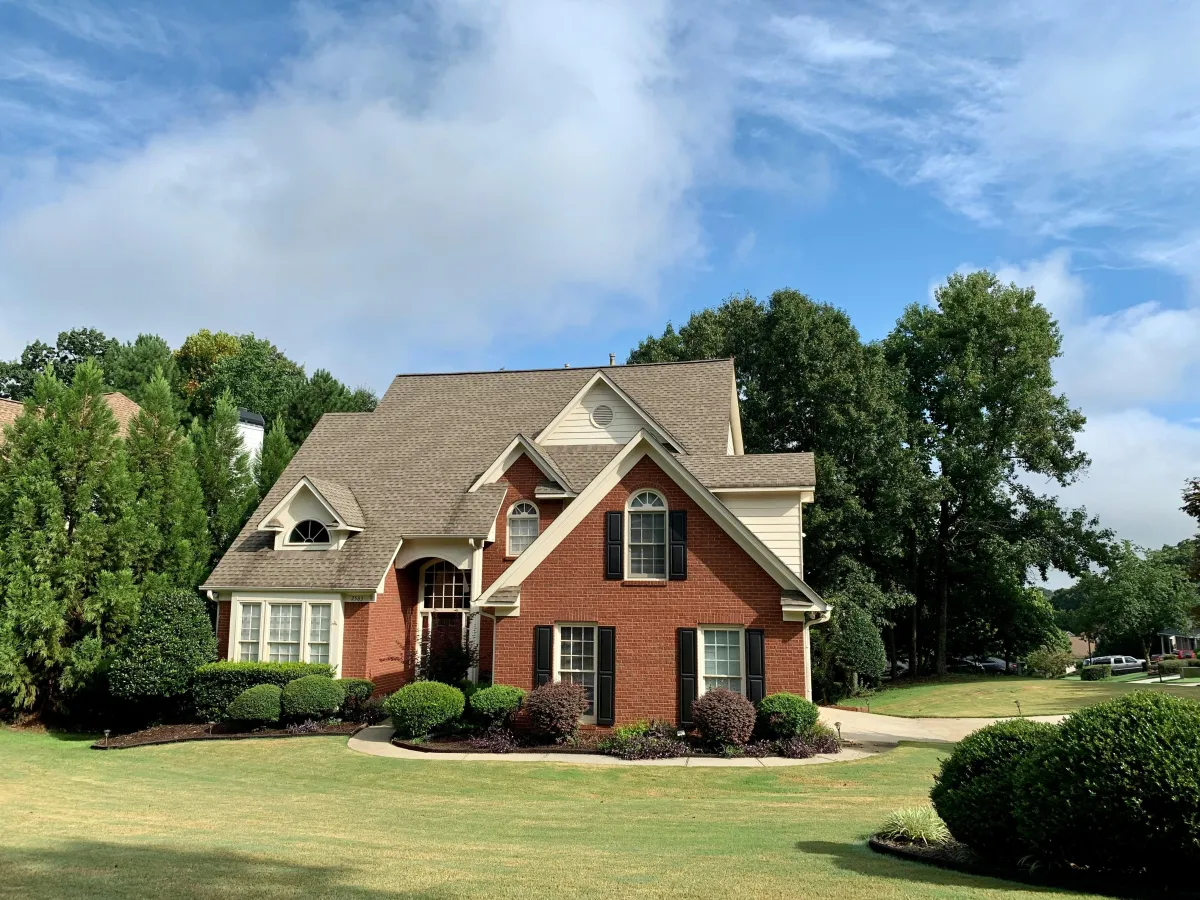
Grasping the Home Building Timeline for Custom Plans
Building a custom home is more than a project—it’s a personal journey. Whether upgrading from a starter home or creating your forever space, constructing a home tailored to your lifestyle and design preferences is an ambitious and gratifying endeavor. Unlike a production home with fixed floor plans and finishes, a custom build gives you full creative control but requires careful planning, patience, and collaboration with experienced professionals.
From architectural design to final walkthroughs, each stage has its own purpose, timeline, and potential challenges. Understanding the custom home process from start to finish can reduce surprises and empower homeowners. You’ll make key decisions on layout, structure, aesthetics, and functionality while coordinating with your architect, builder, and subcontractors.
Navigating this process successfully demands a clear roadmap. That’s where a structured timeline comes in. By breaking the journey into digestible phases, you gain visibility into each milestone, helping you prepare mentally, logistically, and financially. Below, we dive into the essential stages of a custom home build, the estimated duration of each, and the variables that can influence your timeline.
Major Phases of a Custom Home Build
Every custom home project follows five main phases:
Planning and Design
Permitting and Approvals
Site Preparation and Foundation
Framing and Systems Installation
Finishing to Certificate of Occupancy
These stages are sequential and interdependent, meaning one must be completed before the next can begin. Skipping or rushing steps can result in costly rework or delays.
How Long Does Each Phase Typically Take?

The duration of each phase in a custom home project can vary significantly depending on several factors, including the geographical location, the complexity and size of the home, local permitting processes, weather conditions, and the overall efficiency of your builder and subcontractors. While no two projects follow an identical timeline, the following average timeframes provide a reliable benchmark for what homeowners can typically expect when planning their build. These estimates are useful for setting expectations and organizing key milestones, even though actual timelines may shift due to unforeseen challenges or customizations along the way.
Design & Engineering: 4 to 8 weeks
Permitting & Approvals: 2 to 12 weeks
Site Work & Foundation: 2 to 6 weeks
Framing to Rough-In: 4 to 8 weeks
Finishes to Move-In: 8 to 16 weeks
In total, most projects take 28–42 weeks, or approximately 8 to 12 months, including inspections, delays, and post-construction handoffs.
Some high-end or highly customized homes may exceed this range, especially if design changes occur mid-build or supply chain delays hit. Working with an experienced team can help mitigate these risks and keep the project within your desired timeline.
What Factors Influence the Overall Home Building Timeline?

Many variables can impact your custom home’s timeline. While some are controllable with preparation, others depend on external conditions:
Weather Conditions: Snow, heavy rain, or extreme heat can delay outdoor work such as excavation, roofing, or concrete pouring.
Permitting Delays: Lengthy plan reviews, zoning conflicts, or required revisions can stall construction before it even begins.
Labor and Trade Availability: A shortage of framers, electricians, or HVAC technicians may create scheduling bottlenecks.
Material Availability: Sourcing high-end or imported materials, like custom cabinetry or specialty windows, can push timelines out by weeks.
Change Orders: Mid-build changes to floor plans or finish selections often lead to rework, new permits, and additional time.
Discussing these factors with your builder early on can help establish a realistic schedule with built-in buffers for delays.
How Do You Prepare Before Starting Your Custom Home Build?

The preparation phase serves as the crucial launchpad for a successful custom home build. Before any construction begins, it’s essential to finalize detailed design plans that reflect your vision and lifestyle, ensuring every aspect is thoughtfully considered. At the same time, securing financing is a critical step, whether through a mortgage, construction loan, or other funding sources, to guarantee your project has the necessary financial backing.
Creating a comprehensive budget during this phase helps align your expectations with reality, factoring in land costs, materials, labor, and contingencies for unexpected expenses. Additionally, obtaining all the required permits and approvals from local authorities is vital to ensure your build complies with zoning laws and building codes. Thorough preparation during this phase sets the foundation for smoother construction and helps prevent costly delays or revisions down the road.
Designing Your Dream Home
The design process often includes:
Concept Development: Initial discussions with your architect to define layout, function, and overall style.
Schematic Drawings: Floor plans, exterior elevations, and 3D renderings.
Engineering Plans: Structural, electrical, plumbing, and HVAC blueprints.
Finish Selections: Cabinet styles, flooring, lighting fixtures, tiles, appliances, and more.
Navigating Permits and Regulations
Permitting involves:
Submitting architectural plans and site surveys
Addressing zoning regulations, setbacks, and height restrictions
Obtaining trade-specific permits (electrical, plumbing, etc.)
Environmental and energy efficiency compliance
Your builder or permit expediter will handle most of this but will need your approvals throughout the process.
Budgeting Wisely
Before any nails are hammered, you should have a solid budget in place. Consider:
Lot purchase and prep
Construction and labor
Landscaping
Permits and inspections
Furniture and appliances
Contingency fund (5–10%)
Cost overruns are common in custom homes, but detailed planning can reduce them significantly.
What Happens During the Construction Phase of a Custom Home?

Here’s where things truly begin to take shape. Construction is typically the most visible phase of the build, where your plans start turning into reality. It’s also the most anticipated stage for homeowners, as progress becomes tangible and the vision you’ve been planning starts to come alive before your eyes.
Site Prep and Foundation
Key steps include:
Clearing the Lot: Trees, rocks, and debris are removed.
Excavation: Ground is leveled and graded.
Footings and Foundation Poured: Depending on the design, this could be a basement, crawl space, or slab-on-grade.
Waterproofing and Utilities: Drainage systems are installed, and utilities are routed.
A stable, properly cured foundation is critical for long-term durability.
Framing and Structural Systems
Framing: Walls, floors, and roof structures are built.
Roofing and Sheathing: Weather barriers are installed.
Windows and Doors: External enclosures begin.
Rough-In Installations: Plumbing pipes, electrical conduits, HVAC ducts, and wiring for smart home systems are added.
Interior and Exterior Finishing
Drywall, Insulation, and Painting
Cabinetry and Trim Work
Tiling, Flooring, and Fixture Installation
Siding, Stonework, and Painting Outside
Driveways, Walkways, and Landscaping
Each stage includes inspections to ensure safety and code compliance.
How Can Communication and Project Management Impact Your Home Building Timeline?
A dedicated project manager or general contractor is essential for:
Keeping all subcontractors aligned
Updating you regularly on progress
Tracking budget and material orders
Solving issues quickly
Transparent communication tools like online dashboards, weekly update emails, and scheduled walkthroughs help everyone stay aligned and accountable.
What Are Common Challenges That Can Extend the Timeline for Building a Custom Home?

Building a custom home is an exciting journey, but it often comes with unexpected hurdles that can stretch out the timeline. Understanding the common challenges that cause delays helps you prepare and manage your expectations more effectively. From unpredictable weather and last-minute design changes to supply chain disruptions, these factors can slow progress and impact your move-in date. Being aware of these potential obstacles allows you to work proactively with your builder and stay on track toward completing your dream home.
Weather and Climate
One of the most unpredictable and impactful factors that can delay a custom home build is the weather. Extreme conditions such as heavy storms, flooding, snow, or prolonged rain can force construction sites to shut down temporarily for safety reasons. These interruptions not only pause work but can also affect the delivery schedules of materials and equipment, causing a ripple effect throughout the project timeline. Builders often plan around typical local weather patterns, but severe or unexpected climate events can still disrupt even the best-laid schedules.
Mid-Construction Design Changes
Changing your mind mid-build—whether adding an extra room, altering floor plans, or switching materials—may seem like a good idea at the moment but often leads to significant delays and extra costs. These changes usually require resubmitting permits or approvals to local authorities, which takes time. Tradespeople who had scheduled work must be rescheduled or redirected, slowing progress. Additionally, new materials might have different lead times or costs. To avoid these challenges, it’s best to finalize your design decisions early in the process, ideally before framing begins.
Supply Chain Disruptions
Modern construction relies heavily on the timely availability of materials and components. A missing electrical panel, backordered tiles, or delayed delivery of cabinetry can halt progress entirely. Such supply chain disruptions have become increasingly common and can significantly extend the build timeline. Builders who mitigate this risk by pre-ordering essential materials early and maintaining strong relationships with reliable suppliers can help keep the project on track and avoid costly downtime.
How Do You Plan for Post-Construction and Move-in After Building Your Custom Home?

Planning for post-construction and move-in is just as important as the building process itself. Once construction wraps up, there are final inspections to pass, any last-minute touch-ups or corrections to address, and thorough cleaning to prepare your home for occupancy. It’s essential to coordinate utility hookups, security systems, and any landscaping or exterior finishing touches during this time. Moving in requires careful organization—scheduling movers, setting up your new address, and gradually unpacking to make your space feel like home. Taking the time to plan these steps in advance helps ensure a smooth transition from construction site to comfortable living space, allowing you to fully enjoy your custom home from day one.
Final Inspections and Occupancy
These final steps verify that everything works safely and as designed:
Electrical and plumbing tests
Structural inspection
HVAC and energy code compliance
When passed, you receive a Certificate of Occupancy, allowing you to legally move in.
Final Walkthrough and Punch List
With your builder, you’ll:
Check for paint touch-ups, fixture alignment, or damaged finishes
Test appliances, lighting, and HVAC
Ensure everything matches the plans and selections
Punch lists typically take 1–2 weeks to complete.
Homeowner Warranty and Maintenance
Most reputable builders offer:
A 1-year workmanship warranty
Appliance and product warranties
Manuals and maintenance schedules
Use this time to note any issues, and stay proactive about home care.
How Can You Optimize Your Custom Home Building Timeline for Efficiency?

Optimizing your custom home building timeline for efficiency involves careful planning, clear communication, and proactive management throughout the project. Start by working closely with your builder and design team to create a realistic schedule that accounts for all key milestones and potential delays, such as weather or permit approvals. Prioritize timely decision-making on design choices and materials to avoid hold-ups during construction. Maintaining open lines of communication with contractors helps quickly address any issues as they arise, preventing bottlenecks.
Additionally, grouping related tasks together and scheduling inspections strategically can save valuable time. By staying organized, flexible, and engaged throughout the process, you can significantly streamline your build timeline and bring your dream home to life sooner.
Work With a Trusted Builder
Partnering with an experienced and reputable builder is one of the most important decisions you can make for your custom home project. A trusted builder brings expertise that helps navigate complex permit processes more quickly and smoothly, ensuring your build stays on schedule. They coordinate and schedule tradespeople efficiently, minimizing downtime between phases. Their deep knowledge and foresight help prevent costly mistakes that can lead to delays or budget overruns. Additionally, a reliable builder has well-established supplier networks, which can secure quality materials faster and sometimes at better prices, keeping your project moving forward without unnecessary interruptions.
Make Selections Early
Finalizing your fixtures, finishes, appliances, and other design elements early in the process is essential for keeping your build on track. When selections are made ahead of time, procurement becomes much smoother, reducing the risk of waiting on backordered or custom items. Early decisions enable faster installations during construction phases and help avoid last-minute changes that often cause costly delays. This proactive approach allows your builder and subcontractors to plan their work efficiently and ensures your home comes together exactly as envisioned.
Plan for Flexibility
While everyone aims for a seamless construction timeline, some delays are almost inevitable—whether due to weather, supply chain issues, or unforeseen challenges. It’s important to build a reasonable buffer into your schedule and budget to accommodate these hiccups without stress. Trusting your builder and construction team to handle obstacles creatively and professionally will keep the project moving forward. Maintaining flexibility and open communication helps you adapt to changes without compromising your overall vision or timeline.
FAQs: Custom Home Building Timeline
Q: How long does it take to build a custom home from start to finish?
A: 8–12 months on average, depending on project scope and location.
Q: What’s the most time-consuming phase?
A: Interior finishes, taking up to 16 weeks.
Q: Can I change my mind during the build?
A: Yes, but changes post-framing can impact cost and timing.
Q: What causes delays in custom homes?
A: Permits, material shortages, weather, and mid-build changes.
Q: Do energy-efficient upgrades affect the timeline?
A: Slightly, due to permits and special installations—but they pay off long-term.
Q: Should I be present during construction?
A: Regular visits are helpful for progress checks and decision-making.
Q: What happens after the final inspection?
A: You receive a Certificate of Occupancy and can begin moving in.
Q: How do I avoid delays in my build?
A: Plan early, stay involved, and work with experienced pros.
Q: Can I move in while finishing touches are still happening?
A: In most cases, yes—if major systems are complete and safe.
Q: Is it possible to build faster than 8 months?
A: Yes, but only with efficient planning, good weather, and minimal customizations.


